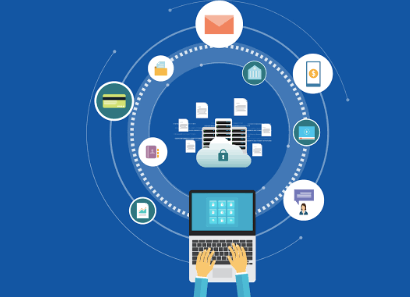
Automated vs Manual testing: Automated testing is the silver bullet in the world of QA, and the only real way for software engineering to catch up with the speed of software development without having to balloon its QA resources out of proportion. Having said that, manual testing has its own applications in cases where development is targeted at specific customers and in certain areas such as security testing.
Continuous Integration: A typical Continuous Integration pipeline is a valid approach for individual components and pieces of software which can be tested alone with minimum integration requirements. New projects with ongoing development, even those in early development, can benefit from a smoke test executed on every commit, and nightly regressions runs. On the other hand, development on legacy code would benefit more from weekly regression test sets which provide coverage for their more elaborate and extended feature sets.
Performance testing: While not meant to replace functional testing which should always come first, certain software components may benefit from targeted performance testing. This approach ensures that there are no bottlenecks inside the system, that it can perform according to requirements and also allows for proper dimensioning of the software for sales. Issues related to performance are the most costly to fix, as they usually involve a significant redesign which can easily invalidate a carefully crafted budget plan.
Simulators and mockups: In any occasion where an external component is involved, a simulator or a mockup may be needed. This applies to cases where the component does not yet exist, where the component exists but its fluctuating values do not allow for repeatable, verifiable testing or in cases where it's very difficult or even impossible to get a real system to simulate a specific scenario (often a rainy-day scenario).
Following space industry standards: like any other industry, Space industry has a certain set of standards that have to be followed.Taking into account criticality of Space Mission operations, strict procedures have to be followed from the early stage of the project until its very end. We have a team of experts in charge of following such QA standards, especially the ECSS (European Cooperation for Space Standardization), and which is a de-facto standard for the ESA missions and related projects.
